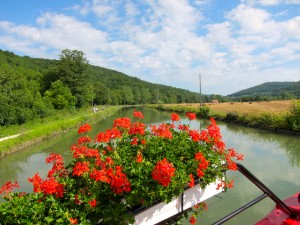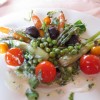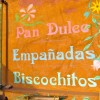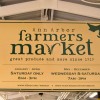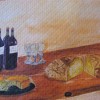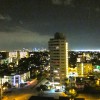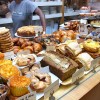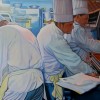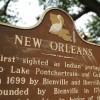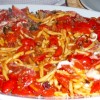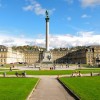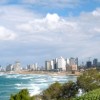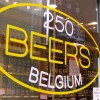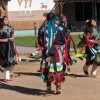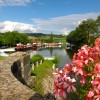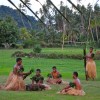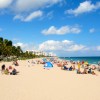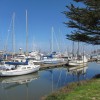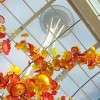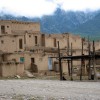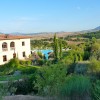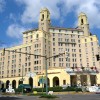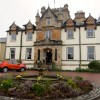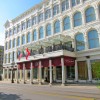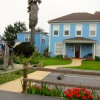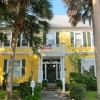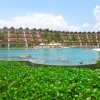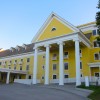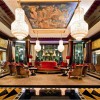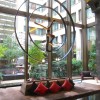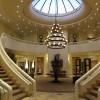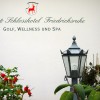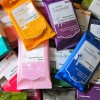If you’re a golfer, a gardener and/or gourmet, Kohler is the place to be.
If you’re an interior decorator, designer and/or plumber, Kohler is the place to be.
If you love luxurious stays, fine restaurants, spa treatments, divine chocolates, Kohler is the place to be. Oh, let’s cut to the chase. If it’s spring, summer or fall, and you’re seeking a fabulous getaway, Kohler is the place to be.
What does Kohler, Wisconsin, have that other Midwest destinations don’t have?
First is THE AMERICAN CLUB, a Forbes Five-Star, AAA 5-diamond resort packed with luxurious pleasures.
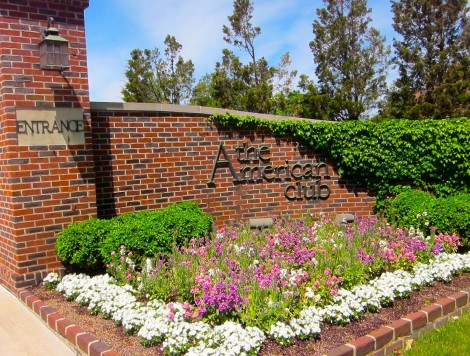
Once upon a time the property served as a boarding house for immigrants working in the Kohler factory (you know, of plumbing product fame). Kohler was a factory town and still is, but the boarding house morphed into a spiffy hotel which opened to the public in 1981. Today’s resort pays tribute to the past in spirit while providing guests with every contemporary amenity, including:
Beautifully outfitted ROOMS AND SUITES, all showcasing Kohler fixtures in bathrooms.


TWELVE RESTAURANTS ranging in style from top-of-the-line Immigrant Restaurant to the farm-focused Wisconsin Room and the casual Horse & Plow tavern. (See wonderful recipe for Wisconsin Three Cheese Soup from Horse & Plow below.)

Starters at various American Club restaurants
THE GREENHOUSE, an antique solarium imported piece by piece from England and reassembled in the center of the resort. Perfect for consuming morning coffee, afternoon tea, pastries, ice cream and other refreshments as well as newspapers and email.
QUINTESSENTIAL GOLF
Here’s where it is folks. Kohler’s renowned golf features WHISTLING STRAITS, two 18-hole championship Pete Dye-designed courses: The Straits and The Irish. (The Straits follows two miles of uninterrupted shoreline on Lake Michigan, order cialis online from all 18 holes.) And BLACKWOLF RUN, two 18-hole, Pete Dye designed courses named for their environmental features, The River and The Meadow Valley.


KOHLER WATER SPA, a two-level facility complete with 21-treatment rooms, a 30-foot relaxation pool backed by a waterfall, a plunge pool and a boutique.
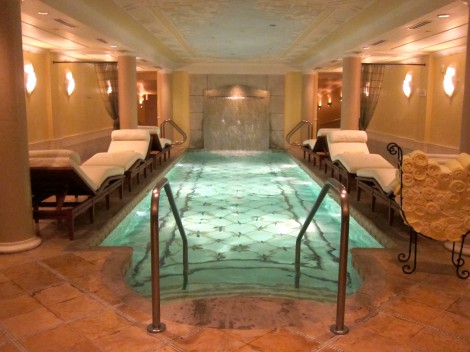
KOHLER DESIGN CENTER, a 35,935-square-foot showcase of Kohler Company products (from the good old days to cutting-edge new).
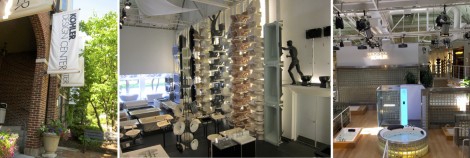
GARDENS covering about 1000 acres with varied landscapes that include natural areas as well as formal flower gardens and outdoor art.
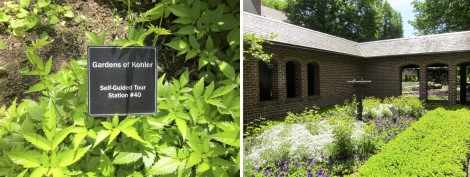
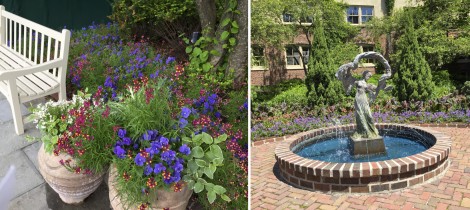
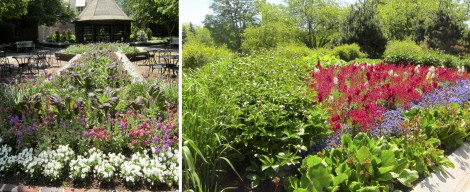
CHOCOLATE as Kohler’s grand obsession started in 2007 when Herbert Kohler created the Terrapin, a classic chocolate, pecan and caramel turtle—only better. In fact, Mr. Kohler’s Terrapins are the very best turtles ever made (and if you are a chocolatier who wants to dispute the claim, send me samples of yours and I will happily compare).
Today the Kohler Original Recipe Chocolates collection includes several kinds of Terrapins as well other fine chocolate products available on line and at Kohler shops.
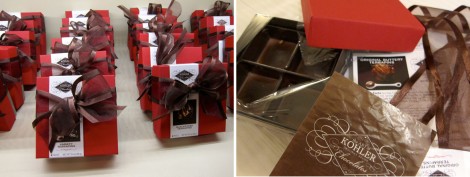
THREE CHEESE SOUP
Yield: 6 servings.
1 cup butter
About ½ cup flour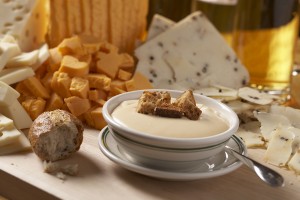
1 quart milk
½ to 1 tablespoon Tabasco
1 tablespoon Worcestershire sauce
12 ounces Wisconsin beer
½ cup heavy cream
2 teaspoons onion powder
2 teaspoons garlic powder
Salt and white pepper to taste
½ pound shredded Wisconsin Cheddar cheese
½ pound shredded Wisconsin Swiss cheese
½ pound shredded Wisconsin jalapeño jack cheese
Croutons for garnish
Make roux: melt butter in a 12-inch sauté pan or skillet and remove from heat. Add flour and whisk until incorporated. Consistency should be like wet sand. If not thick enough, add additional flour. Return to stovetop and cook over low heat, stirring occasionally for 10-15 minutes. Remove from heat and set aside.
In a large soup pot heat milk to almost a boil, but do not let mixture boil. Reduce heat and add Tabasco, Worcestershire sauce and beer. Incorporate well using a whisk.
Add cream and seasonings. Gently heat to almost a boil again, then slowly whisk in small amounts of reserved roux to thicken to desired consistency. (There will be some left over.) Cook over medium heat 10 to 15 minutes.
Gradually add cheese in small handfuls making sure to thoroughly melt and incorporate each handful before adding more. Cook over low heat for 15 to 20 minutes. (Do not let the soup reach a temperature over 150-degrees or it will separate.)
Serve immediately with croutons.
Click HERE for more wonderful recipes from The American Club. 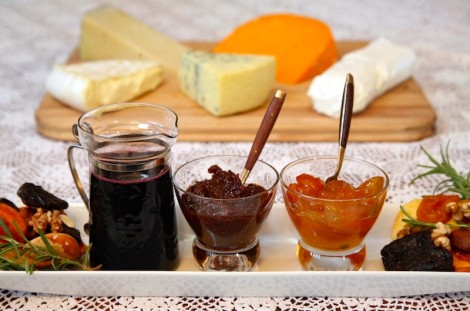


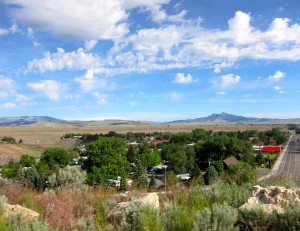 Anyone trying to lasso the spirit of the old Wild West should head to Cody, Wyoming. Founded in the 1890s by pony express rider, army scout and flamboyant Wild West showman William Frederick Cody (a.k.a Buffalo Bill—a name he earned shooting a staggering number of bison), Cody remains western to the core.
Anyone trying to lasso the spirit of the old Wild West should head to Cody, Wyoming. Founded in the 1890s by pony express rider, army scout and flamboyant Wild West showman William Frederick Cody (a.k.a Buffalo Bill—a name he earned shooting a staggering number of bison), Cody remains western to the core. 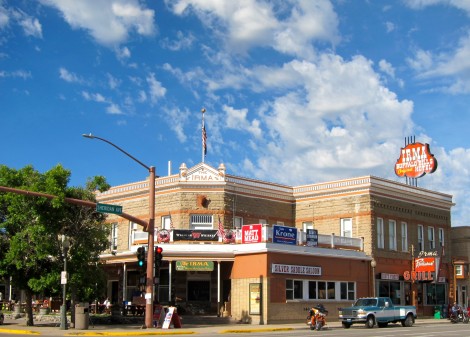
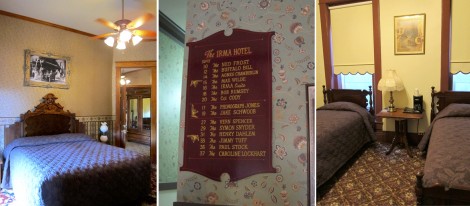
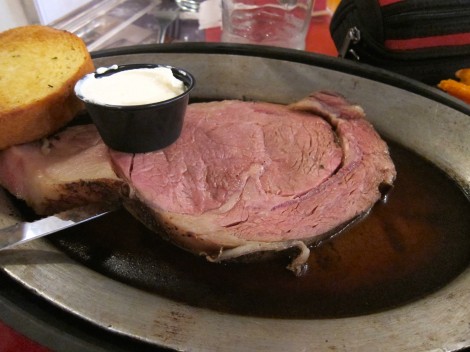
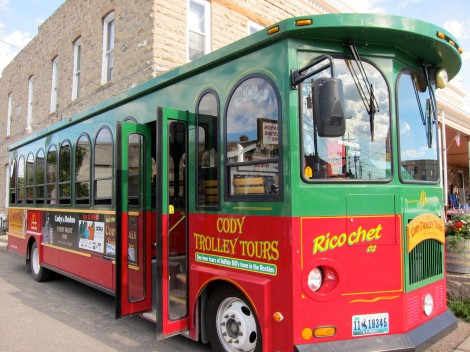
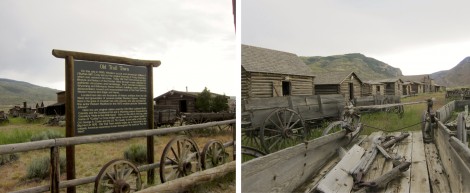


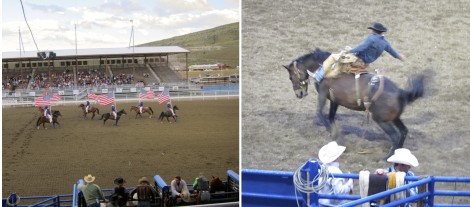
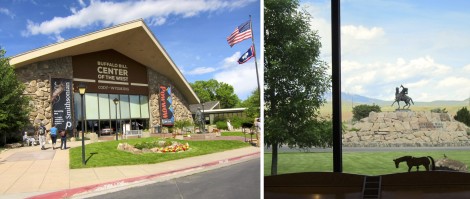
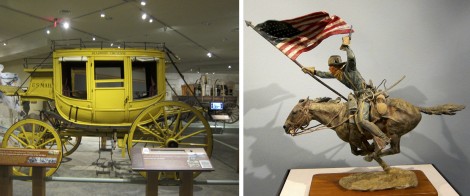
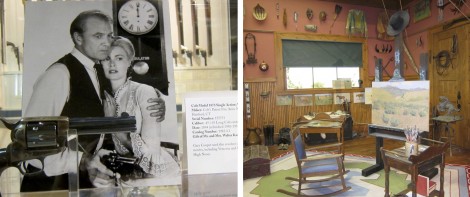
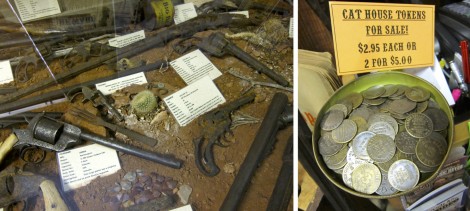
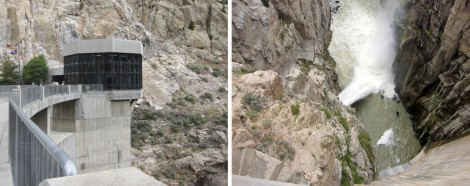
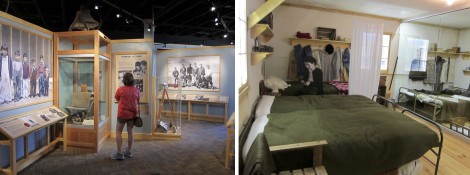
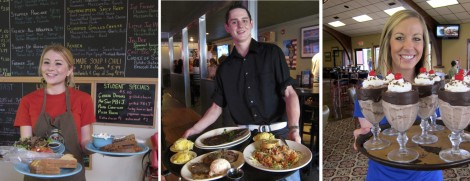
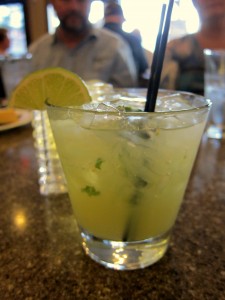
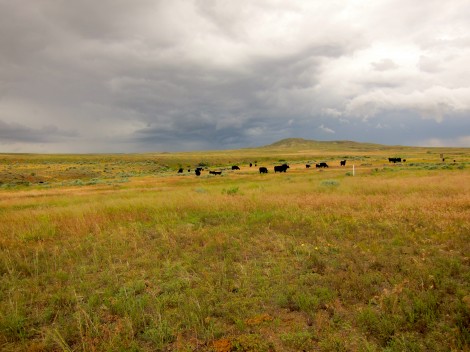
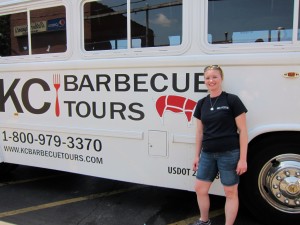
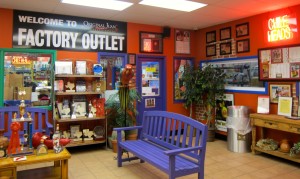
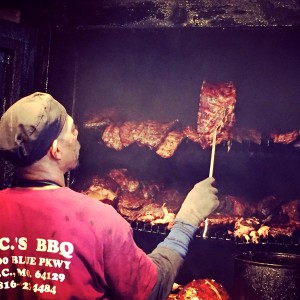 Take a step inside LC’s and you will find an old fashioned barbecue joint, where the smoker sits right behind the small counter and every order is called out to be made on the spot. Their hickory smoked meats and sweet sauce have Kansas City locals lining up on a daily basis. The secret to LC’s is to know what you want before you step to the counter. My recommendation is the brisket, ribs or burnt ends with either fries or beans to go on the side.
Take a step inside LC’s and you will find an old fashioned barbecue joint, where the smoker sits right behind the small counter and every order is called out to be made on the spot. Their hickory smoked meats and sweet sauce have Kansas City locals lining up on a daily basis. The secret to LC’s is to know what you want before you step to the counter. My recommendation is the brisket, ribs or burnt ends with either fries or beans to go on the side.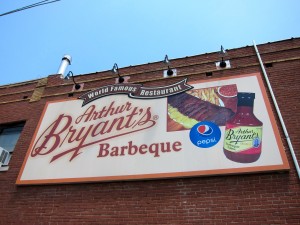 Arthur Bryant’s is, perhaps, the city’s most historic, iconic and well-respected barbecue restaurant. Holding true to traditional Kansas City smoking methods of oak and hickory wood, Arthur Bryant’s is not only a popular spot for locals, but for celebrities, presidents and politicians. If you are going to walk through their historic doors, make sure to grab a slab of ribs or brisket sandwich with a side of beans, cole slaw or fries. Make sure to try some of their Original sauce to bring on a little extra flavorful history.
Arthur Bryant’s is, perhaps, the city’s most historic, iconic and well-respected barbecue restaurant. Holding true to traditional Kansas City smoking methods of oak and hickory wood, Arthur Bryant’s is not only a popular spot for locals, but for celebrities, presidents and politicians. If you are going to walk through their historic doors, make sure to grab a slab of ribs or brisket sandwich with a side of beans, cole slaw or fries. Make sure to try some of their Original sauce to bring on a little extra flavorful history.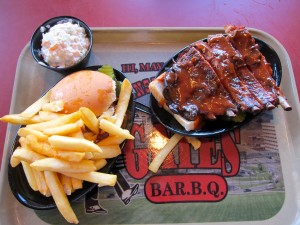 Don’t let the loud “Hi, May I Help You” greeting as you walk in the door startle you as you look for which savory and traditional Kansas City oak and hickory smoked meats to try on their menu. Gates and Son’s is another historic, iconic and well-respected barbecue must-try in Kansas City. The atmosphere can be loud and classy at the same time, and the menu will give you many options. If you have a hard time choosing, you can’t wrong with one of their platters which serves out ribs, brisket and turkey slathered in their Classic barbecue sauce.
Don’t let the loud “Hi, May I Help You” greeting as you walk in the door startle you as you look for which savory and traditional Kansas City oak and hickory smoked meats to try on their menu. Gates and Son’s is another historic, iconic and well-respected barbecue must-try in Kansas City. The atmosphere can be loud and classy at the same time, and the menu will give you many options. If you have a hard time choosing, you can’t wrong with one of their platters which serves out ribs, brisket and turkey slathered in their Classic barbecue sauce.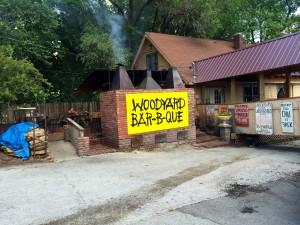 Set off the beaten path, Woodyard is a true hidden gem in Kansas City! It’s not just the down to earth atmosphere that will make you want to hang out on their patio, watch the Pit Master work his magic and enjoy a Boulevard brew, but their delicious meats smoked over pecan wood will make you want to hang out for just a little bit longer. If you get there early enough, order Woodyard’s chicken wings. You can never go wrong with their baby back ribs, Frankenwurst (smoked sausage), or Carolina sandwich. Sides are an absolute must at Woodyard! Their cheesy corn, potato salad and coleslaw are made in house and are my top picks.
Set off the beaten path, Woodyard is a true hidden gem in Kansas City! It’s not just the down to earth atmosphere that will make you want to hang out on their patio, watch the Pit Master work his magic and enjoy a Boulevard brew, but their delicious meats smoked over pecan wood will make you want to hang out for just a little bit longer. If you get there early enough, order Woodyard’s chicken wings. You can never go wrong with their baby back ribs, Frankenwurst (smoked sausage), or Carolina sandwich. Sides are an absolute must at Woodyard! Their cheesy corn, potato salad and coleslaw are made in house and are my top picks.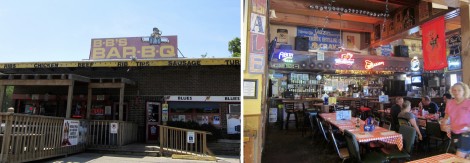
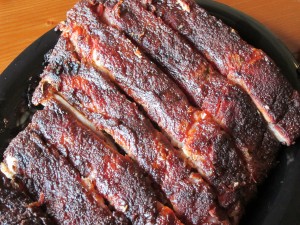 Zarda Bar-B-Q
Zarda Bar-B-Q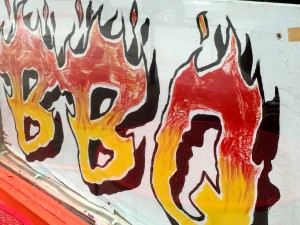
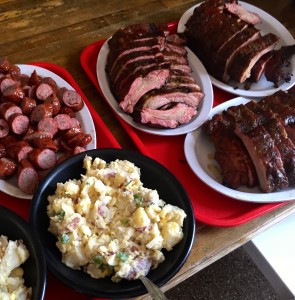 award-winning
award-winning 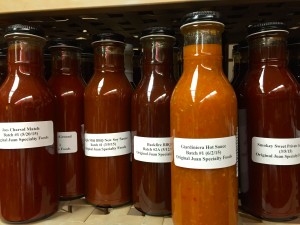 Get to SLAP’s early if you are wanting to try their nationally recognized barbecue. Coming in second place (only because of a coin toss) on the show Barbecue Pitmasters, this restaurant will make you want to keep going back for their ribs and cheesy potatoes.
Get to SLAP’s early if you are wanting to try their nationally recognized barbecue. Coming in second place (only because of a coin toss) on the show Barbecue Pitmasters, this restaurant will make you want to keep going back for their ribs and cheesy potatoes.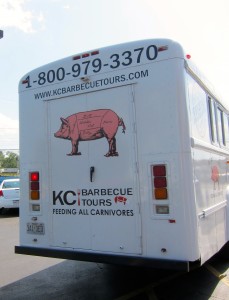
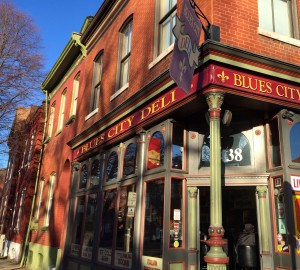 Doesn’t matter when you show up for lunch, even minutes after the doors open at 11 a.m. you’re apt to find long lines.
Doesn’t matter when you show up for lunch, even minutes after the doors open at 11 a.m. you’re apt to find long lines.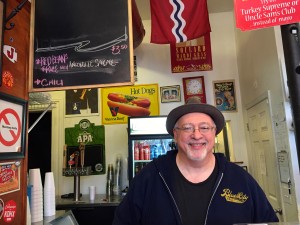
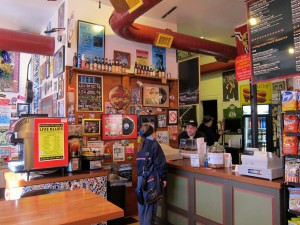
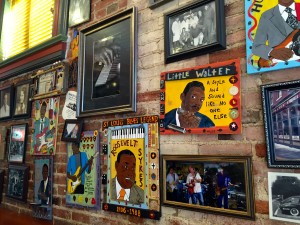
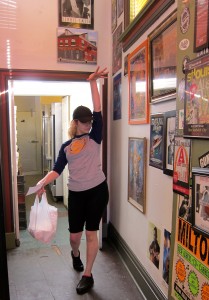 After ordering one tries to find a table—or maybe even just a spare chair at a shared table and waits while staff, in a backroom kitchen, constructs sandwiches. Wrapped in butcher paper, tuck into plastic bags, the sandwiches find their way to you by way of playful servers.
After ordering one tries to find a table—or maybe even just a spare chair at a shared table and waits while staff, in a backroom kitchen, constructs sandwiches. Wrapped in butcher paper, tuck into plastic bags, the sandwiches find their way to you by way of playful servers. 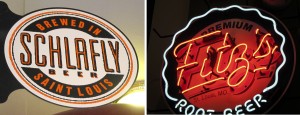
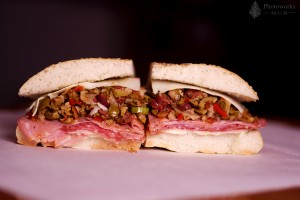
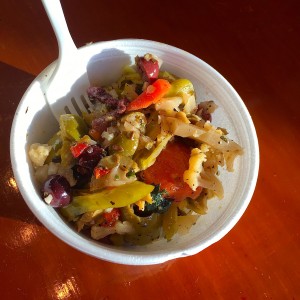
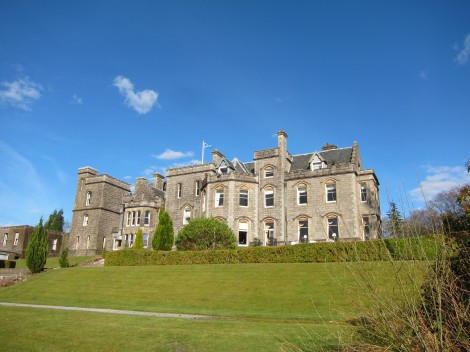
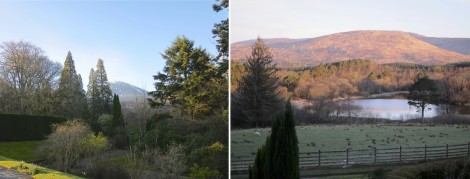
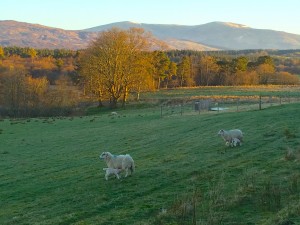
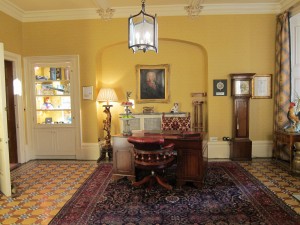


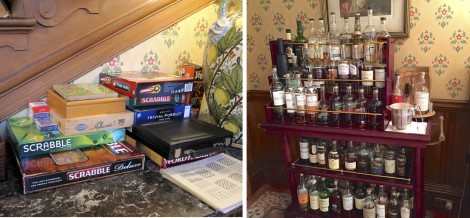
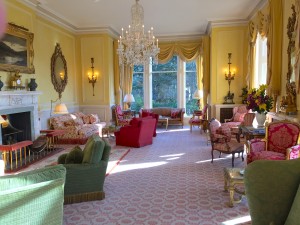
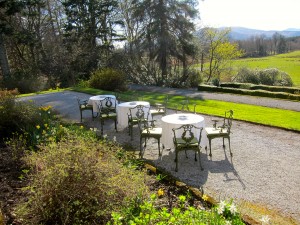
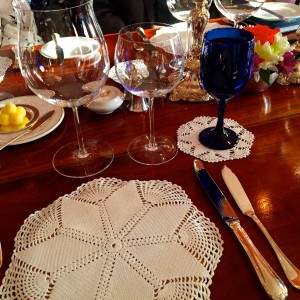
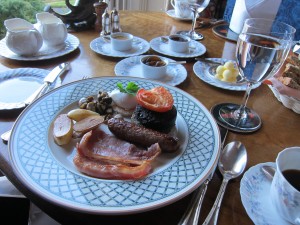
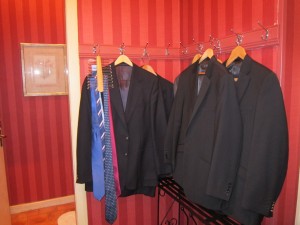
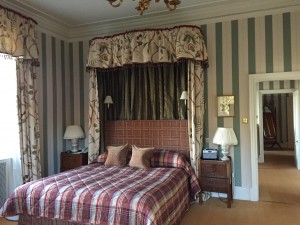
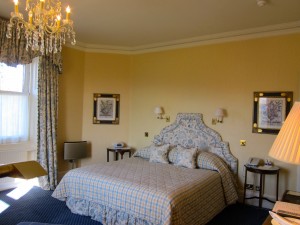
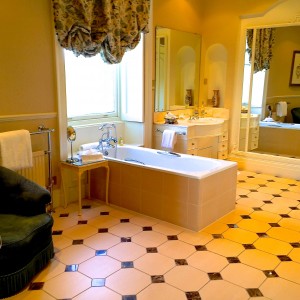
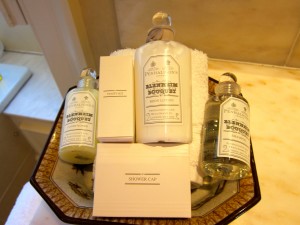

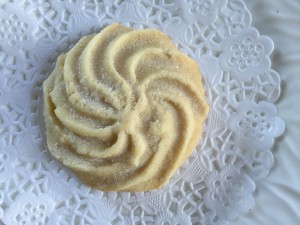
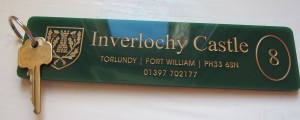
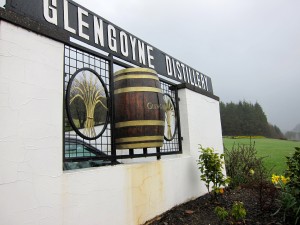
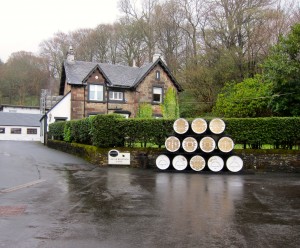
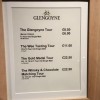
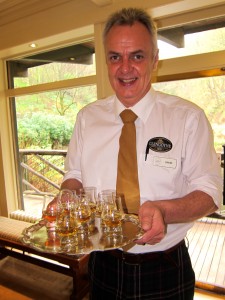 Most tours start in the visitor’s center where a guide offers each person a dram, shows a short film on the distilling process and talks a bit about whisky making and labels.
Most tours start in the visitor’s center where a guide offers each person a dram, shows a short film on the distilling process and talks a bit about whisky making and labels. 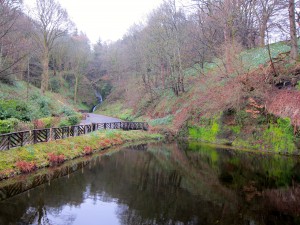
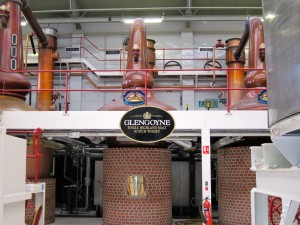

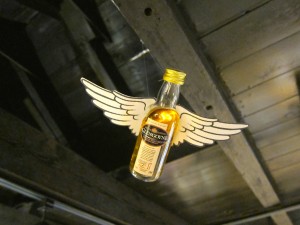
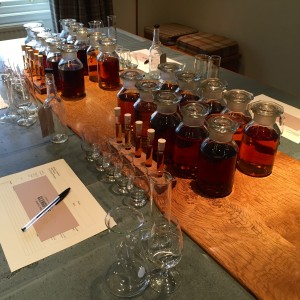
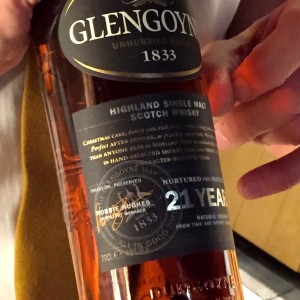
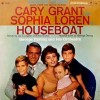 I trace my love of houseboating to the 1958 film Houseboat. In the film Cary Grant lives on a houseboat with his motherless kids and Sophia Loren, a symphony-conductor’s runaway daughter masquerading as a housekeeper. So romantic. So fun. Made me (and every woman and man in 1958 America) want to trade lifestyle—and spouse—for the houseboat experience.
I trace my love of houseboating to the 1958 film Houseboat. In the film Cary Grant lives on a houseboat with his motherless kids and Sophia Loren, a symphony-conductor’s runaway daughter masquerading as a housekeeper. So romantic. So fun. Made me (and every woman and man in 1958 America) want to trade lifestyle—and spouse—for the houseboat experience.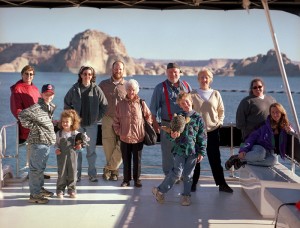


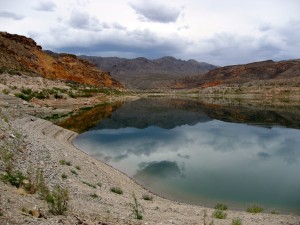

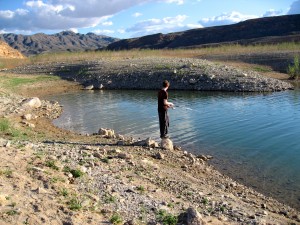
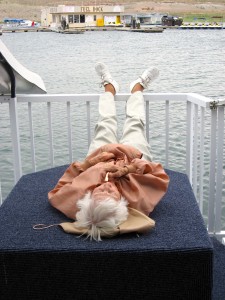



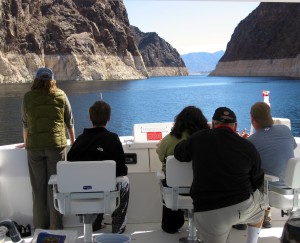

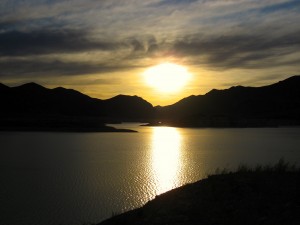
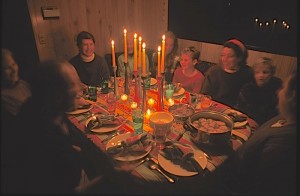
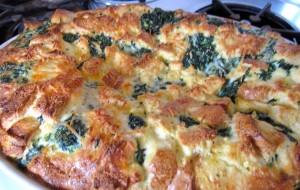
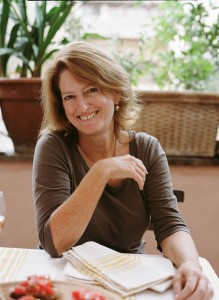 America’s favorite guru of luscious Italy, Elizabeth Minchilli, is at it again. April 7 marks the debut of her seventh book, EATING ROME.
America’s favorite guru of luscious Italy, Elizabeth Minchilli, is at it again. April 7 marks the debut of her seventh book, EATING ROME.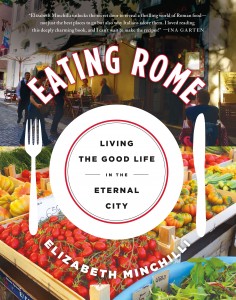 aughters, and two homes: one, a rooftop apartment in Rome, and the other, a country cottage complete with olive groves and roses in Umbria. There is probably no one more qualified to write a book on Roman food and subtitle it “Living the Good Life in the Eternal City” than Elizabeth.
aughters, and two homes: one, a rooftop apartment in Rome, and the other, a country cottage complete with olive groves and roses in Umbria. There is probably no one more qualified to write a book on Roman food and subtitle it “Living the Good Life in the Eternal City” than Elizabeth. 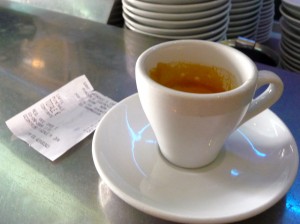
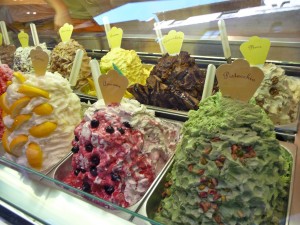
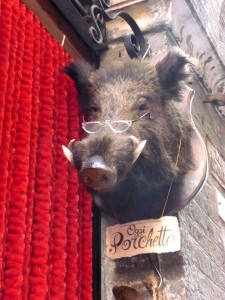
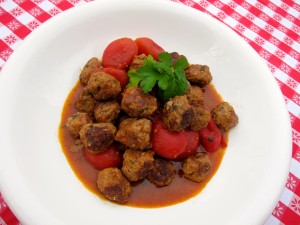
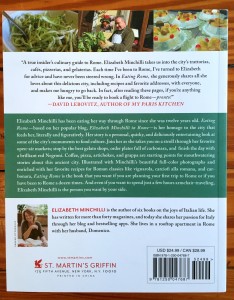
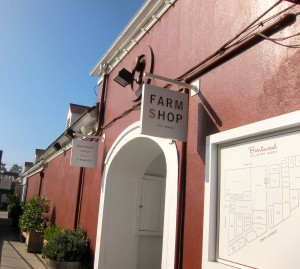
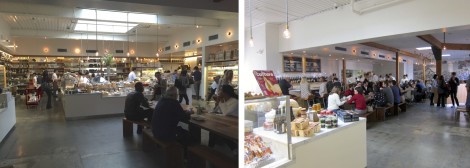

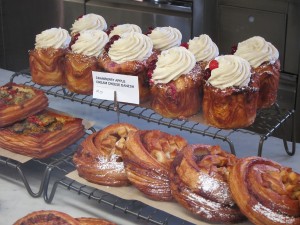
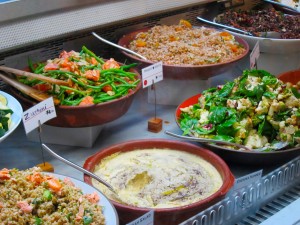
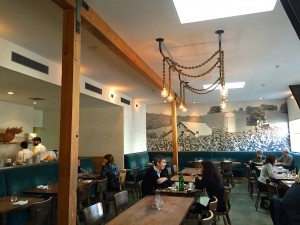
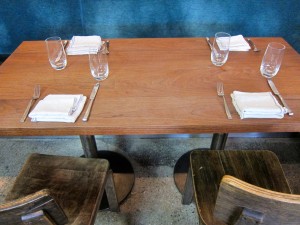
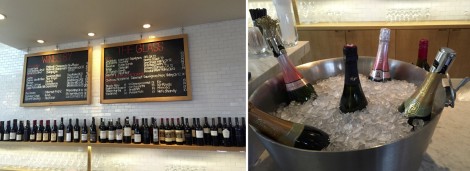
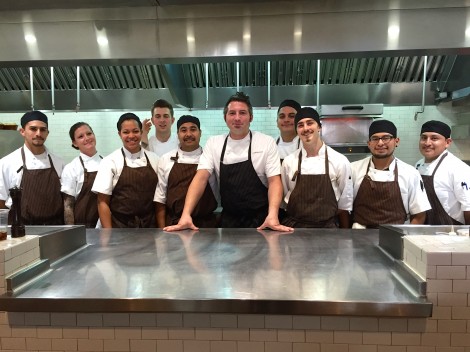
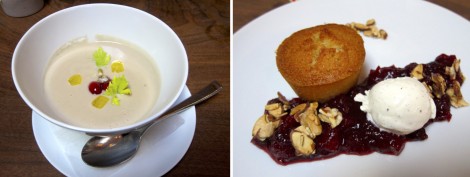
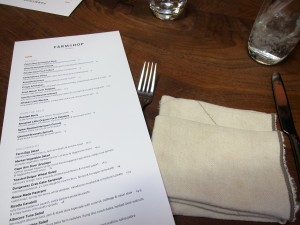

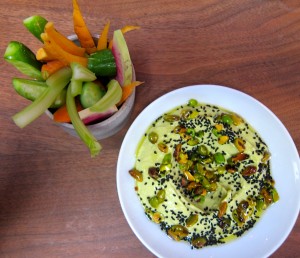
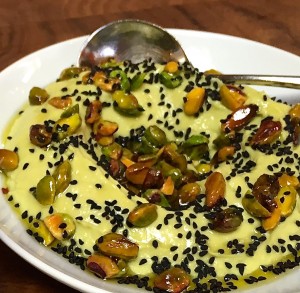
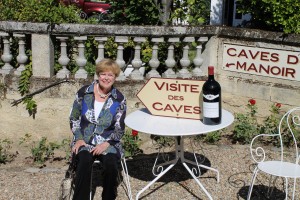
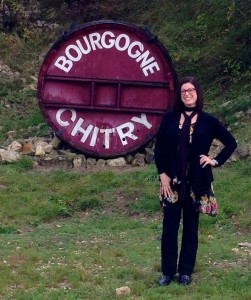

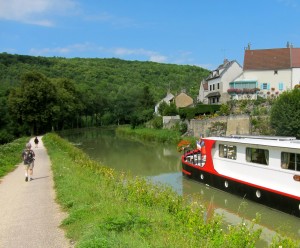
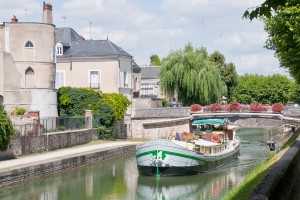
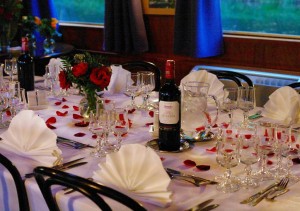
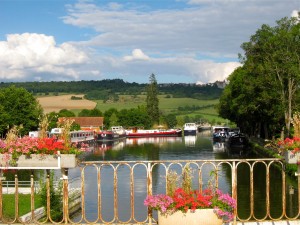 These classes are determined by a handful of factors, primarily the size of the cabins, on-board amenities such as decor, deck space, and number of crew members. Ratings are affected by the number of guests; for example, an eight-passenger boat can earn a higher rating than a 22-passenger boat. All barges at all ratings are available for chartered groups.
These classes are determined by a handful of factors, primarily the size of the cabins, on-board amenities such as decor, deck space, and number of crew members. Ratings are affected by the number of guests; for example, an eight-passenger boat can earn a higher rating than a 22-passenger boat. All barges at all ratings are available for chartered groups. 